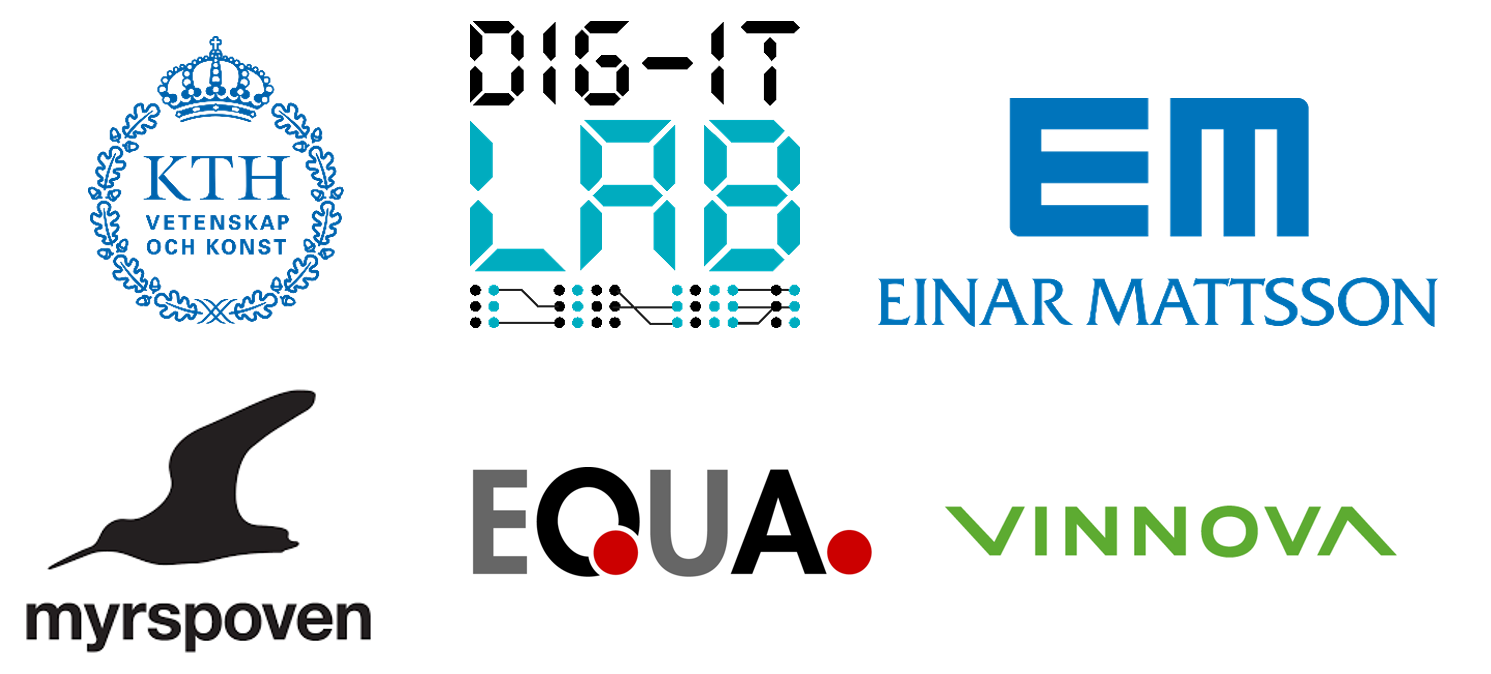Digital Twin for smart grid connected buildings
The increasing dynamic electric demand of buildings, coupled with intermittent renewable sources, poses challenges for the power grid in maintaining balance between supply and demand. Digital Twins are a promising tool to improve the building energy performance and management, increase grid flexibility, maximize buildings’ storage capacity and renewable energy exploitation, but their full potential remains largely underexploited. In this project, we will develop a scalable and holistic Digital Twin that will be demonstrated on KTH Live-In Lab building testbeds. The project will be carried out within the framework of the Dig-It Lab competence center in tight collaboration with industrial partners and as part of a multidisciplinary team of researchers.

Background
The increasing dynamism in electric demand from modern buildings, coupled with the variability introduced by intermittent renewable energy sources such as solar and wind power, presents a significant challenge for power grid operators striving to maintain a delicate balance between supply and demand. In this evolving energy landscape, integrating smart sensing, metering, and connected appliances, electric vehicles (EVs), and energy storage systems emerges as a promissing strategy for effective demand-side management within residential buildings. Such strategies not only aid in stabilizing the grid by optimizing flexible loads but also play a crucial role in ensuring that occupant comfort remains at the forefront of energy management considerations.
Digital Twin technologies are a promising solution for enhancing building energy performance and grid management. These advanced tools offer the potential to increase grid flexibility, maximize the storage capacity of buildings, and optimize the exploitation of renewable energy resources. Despite their significant potential, the full capabilities of Digital Twin technologies in building energy management and grid stability are yet to be fully realized and harnessed.
The methodology proposed by this initiative will be demonstrated using cutting-edge building testbeds, offering a practical showcase of how Digital Twin technologies can be applied to real-world scenarios to improve energy efficiency, management, and grid responsiveness. Through strategic collaborations with industry leaders and an extensive network of local and international researchers, the project will cultivate a holistic model that balances the intricate interplay between dynamic energy demand, renewable energy integration, and the human elements of building occupancy.
This project aspires to establish an innovative and sustainable framework for demand-side management by applying Digital Twin technologies. By enhancing grid flexibility and optimizing the use of behind-the-meter technologies such as smart appliances, EVs, and energy storage, the project will contribute significantly to the sustainable advancement of energy systems. It underscores the importance of developing comprehensive strategies that address the technical and operational aspects of energy management and consider the social and behavioral dimensions, ensuring that the transition to a more sustainable and flexible energy landscape is both efficient and inclusive.
Aim and objectives
This project aims to spearhead the development of a scalable and comprehensive Digital Twin framework that integrates the dynamic demands of buildings, the intermittency of renewable energy sources, and human behavioral patterns. By doing so, it seeks to provide a nuanced approach to demand-side management that not only prioritizes the optimization of energy performance and flexible loads but also places a strong emphasis on maintaining and enhancing occupant well-being.
Project partners

Funding is provided by VINNOVA
Timeframe: 2024-2028
Researchers
For further information about this project, please contact fargo@kth.se
References
https://www.digitlab.kth.se/
